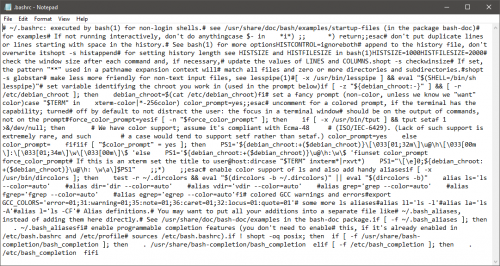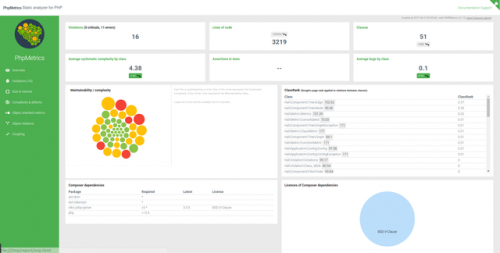This Amazon AWS blog post provides a great insight into the benefits of the cloud computing in general and Amazon AWS in particular. The whole thing is well worth the read, but here are a few of my favorite bits.
The scale:
The grid grew to 61,299 Spot Instances (1.3 million vCPUs drawn from 34 instance types spanning 3 generations of EC2 hardware) as planned, with just 1,937 instances reclaimed and automatically replaced during the run, and cost $30,000 per hour to run, at an average hourly cost of $0.078 per vCPU. If the same instances had been used in On-Demand form, the hourly cost to run the grid would have been approximately $93,000.
The size of the Amazon AWS customers:
1.3 million vCPUs (5x the size of the largest on-premises grid)
The evolution of computing power over the last few years:
To give you a sense of the compute power, we computed that this grid would have taken the #1 position on the TOP 500 supercomputer list in November 2007 by a considerable margin, and the #2 position in June 2008. Today, it would occupy position #360 on the list.
Now, just for fun, exercise the idea of building something like this in house…


